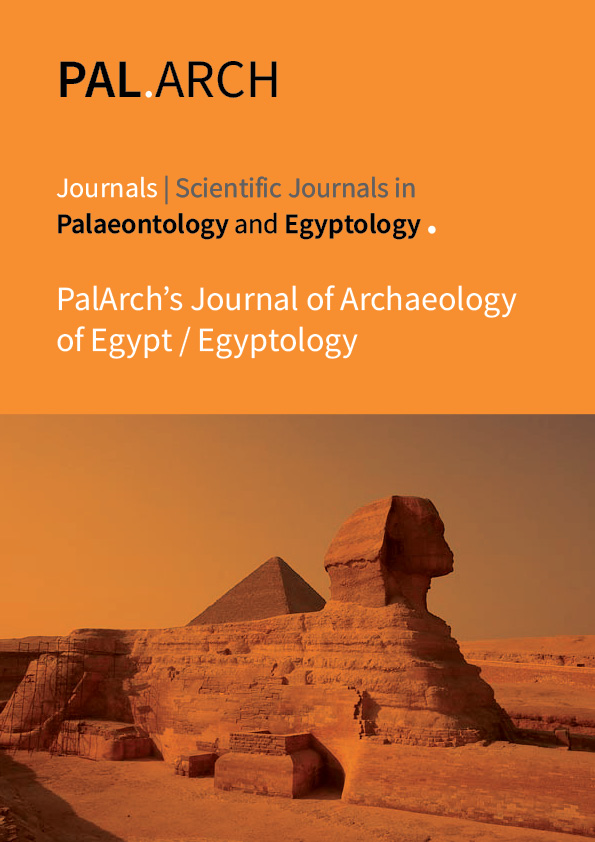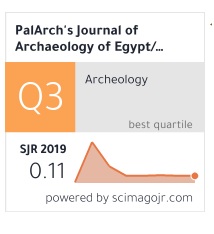PHUSI: THE BELIEFS AND RELATIONSHIPS IN LUANG PRABANG COMMUNITY, LAO PEOPLE’S DEMOCRATIC REPUBLIC
Abstract
The study of Phusi: The Beliefs and Relationships in Luang Prabang Community, Lao People’s Democratic Republic aimed to study the history of Phusi, Luang Prabang and to study the beliefs and relationships in the community with Phusi in Luang Prabang, Lao PDR. This qualitative research method was employed by collecting document and field data in the Luang Prabang. The target population includes the key informants, the casual informants, and the general informants in Luang Prabang. The research tools consisted of surveys, observation, and interviews. The data were collected and analyzed by Henri Lefebvre’s concept who discusses the relationship between human and space, the cultural diffusion, and symbolic interactionism theory, then presented with descriptive analysis.
The study results indicated that the Phusi history can be divided as follows. The Former Lan Xang era: as appears in the legends, chronicles and historical evidence that the Inthakhin pillar was built to be worshiped on the top of Phusi, and then in 1804, the king Aniruttharat ordered to built the temple and Phra That Phusi on top of Phusi mountain, after that the king Wishunrat enshrined his footprint on the mountain. In the New Imagination Policy (1986), the government has revived and created a tradition about Phusi for tourism as the world heritage city in beliefs and location to create the beliefs in the community— nature and the supernatural power, Naga, Giant, Hermit, Brahmanism, and Buddhism entailed the beliefs combination of traditional beliefs and modern beliefs in nowadays.
Therefore, the study of beliefs and relationships of Phusi in Luang Prabang Community indicated that Phusi is an important area since in the past to the present which reflects the relationship between Phu the community as a physical dimension, mental dimension, and socio-cultural space dimension. This resulted in the relationship between humans and nature, human and supernatural power, and turned to be the local customs and cultures in Lao society.



